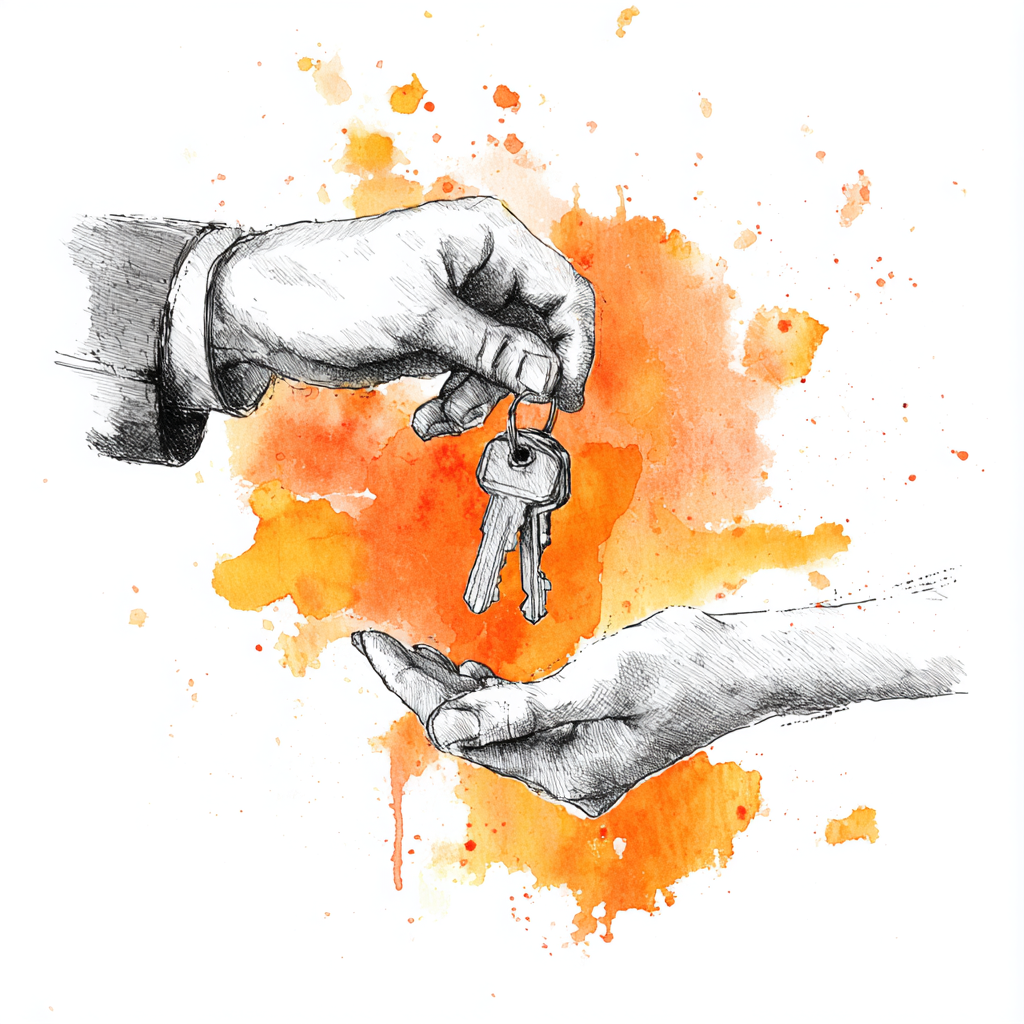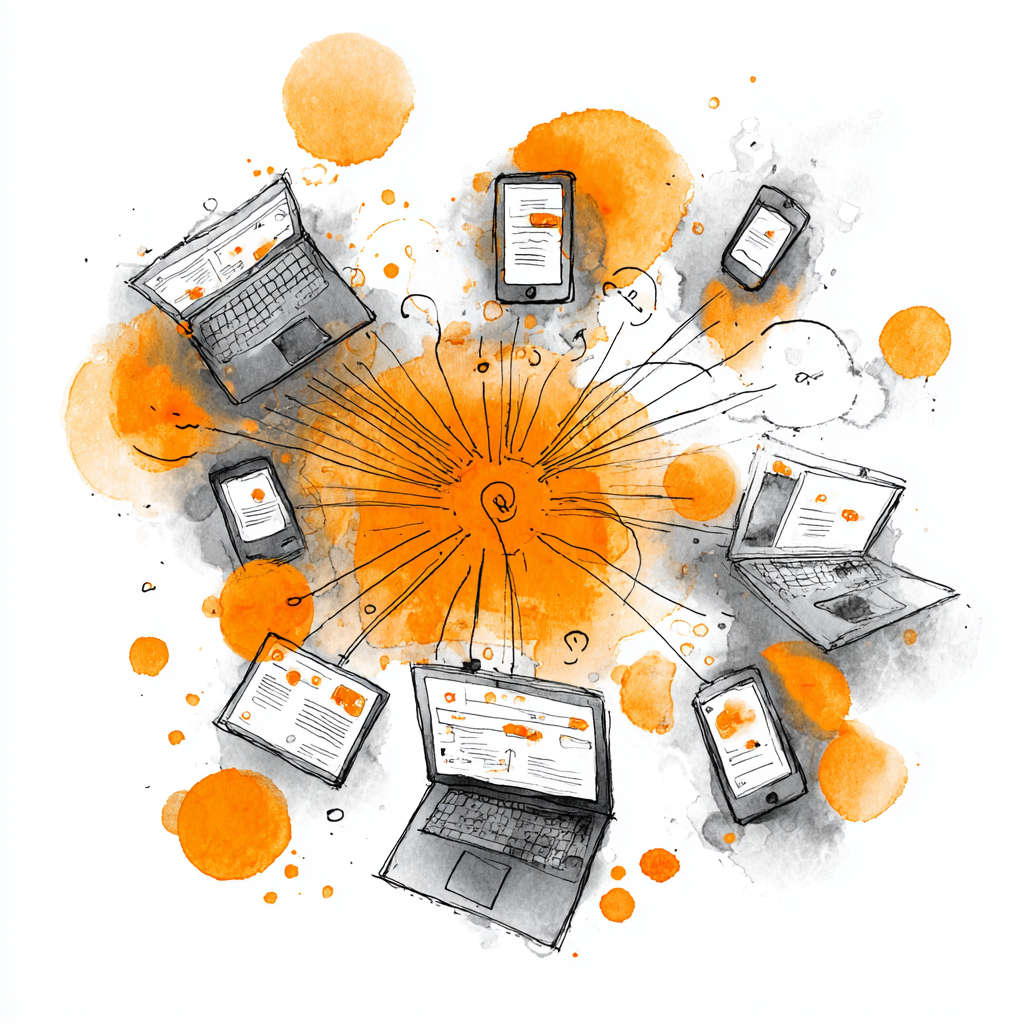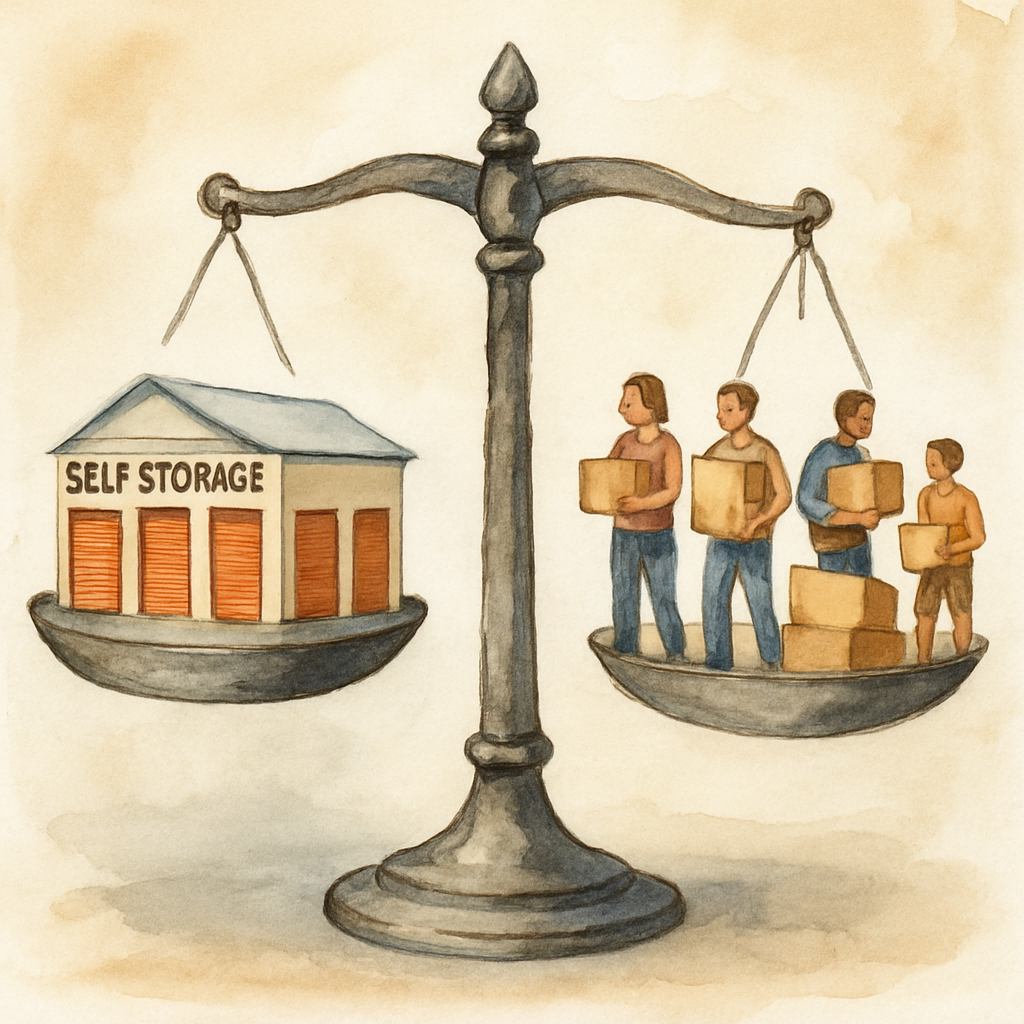
Facility Automation
Self-Storage Remote Management Disrupts A Traditionally Low-Tech Industry
Self-storage remote management and “unattended technology” are transforming a traditionally low-tech industry. Historically, this sector has not been associated with cutting-edge innovation and is often perceived as a mundane area of real estate.
However, with the use of unattended technology, the industry has emerged as a fertile ground for experimenting with new advancements, driven by a landscape where differentiation is challenging and tenant loyalty is minimal.
Are you…
- Struggling to manage self-storage facilities efficiently with outdated, manual processes?
- Facing challenges in providing modern, user-friendly solutions to tenants?
- Seeking ways to enhance operational control and streamline management tasks in self-storage?
Let’s briefly explore how these innovations are disrupting conventional practices, enhancing both operational efficiency and tenant experiences.
This article is for:
- Self-storage facility operators looking to upgrade their management practices with new tech.
- Industry professionals trying to understand the impact of remote management on operations.
- Owners and investors exploring innovative solutions to improve efficiency and tenant satisfaction.
“Unattended Technology” In Self-Storage Remote Management
As self-storage is essentially about renting out "boxes of air," it’s difficult for companies to stand out through traditional means. With this in mind, any advancement in unattended technology that enhances efficiency or customer experience becomes highly valuable.
Self-storage remote management allows companies to manage facilities without on-site staff, reducing costs and streamlining operations. This shift is particularly significant as most customers are first-time renters with no established loyalty to any brand, intensifying the competition and the need for innovation.
Self-Storage Operators Are Now The Trendsetters
Interestingly, self-storage is now becoming a trendsetter in adopting technologies that enable remote management and streamline customer interactions. For instance, two-way video communication systems and automated customer service technologies are becoming increasingly prevalent. These innovations are not only enhancing the customer experience but also setting new standards for operational efficiency.
How Other Industries Influenced Technology Adoption
Traditionally, the self-storage industry has looked to other sectors for inspiration, especially in adopting unattended technology. The use of kiosk systems and automated processes in self-storage was influenced by similar advancements in retail and banking. However, the industry is now poised to become a model for others, particularly in the realm of self-storage remote management and customer service automation.
Bojangles' AI Integration
A notable example comes from an unexpected place: Bojangles, a fast-food chain in Charlotte, North Carolina. They have implemented a conversational AI system named "Bo-Linda" in their drive-thrus, which interacts with customers without human intervention. This type of system, boasting a 96% accuracy rate, sparked ideas in our recent podcast episode about its potential application in self-storage facilities.
Potential Applications In Other Industries
The success of unattended technology in the self-storage industry is setting a precedent that other sectors may soon follow. Technologies currently being tested and implemented, such as AI-driven customer service, remote facility management, and automated communication, could become standard in various service-oriented industries. This trend underscores the growing importance of self-storage remote management as a critical component of operational strategy.
Self-Storage Remote Management: Closing Thoughts
It is plausible to expect similar remote management systems to be utilized in hotels, rental car services, and beyond. The efficiency and enhanced customer experience offered by unattended technology are too compelling to ignore. The self-storage industry's technological "renaissance" is not just a fleeting trend but a significant shift toward a more automated and efficient future.
While self-storage may not be the most glamorous sector, its adoption of self-storage remote management and unattended technology is positioning it as a surprising leader in technological innovation. The industry's capacity to innovate and improve operational efficiency through these technologies sets a strong example, proving that even the most unassuming industries can be at the forefront of technology.
Listen to Self-Storage Lab’s full podcast episode on Remote Management and Kiosk Tech.
















